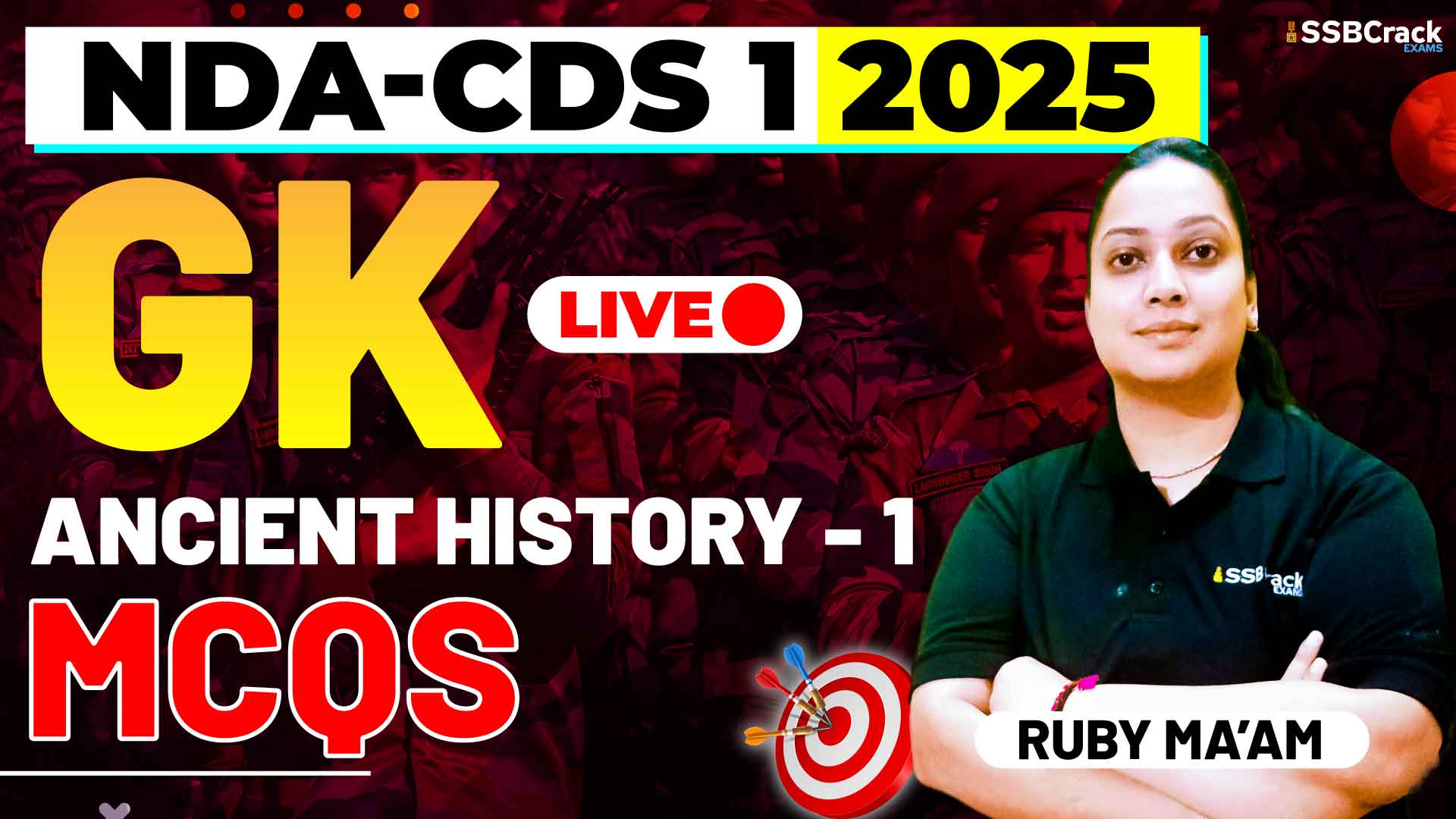Multiple-choice questions (MCQs) have become an integral part of modern education and competitive exams. For students preparing for history-related topics such as the Stone Age, Indus Valley Civilization, Jainism, and Buddhism, solving MCQs is not just a means of assessment but a powerful learning tool. Here’s why practicing MCQs in these areas is crucial:
1. Reinforcing Conceptual Understanding
Ancient Indian history spans thousands of years, making it essential to have a strong grasp of concepts. By solving MCQs, students can:
- Test their knowledge of key topics like the Paleolithic, Mesolithic, and Neolithic periods of the Stone Age.
- Reinforce understanding of the Indus Valley Civilization’s urban planning, trade practices, and decline.
- Deepen their knowledge of Jainism and Buddhism’s philosophies, founders, and spread.
2. Improving Retention of Facts
History is filled with dates, events, places, and terminologies. MCQs often focus on:
- Chronological sequences, such as the emergence of different Stone Age tools or the timeline of Indus Valley sites.
- Key figures like Mahavira and Buddha and their teachings.
- Specific sites such as Mohenjo-daro and Harappa. By revisiting these facts through MCQs, learners retain the information more effectively.
3. Enhancing Analytical Skills
Many MCQs in history are designed to test analytical thinking rather than rote memorization. For example:
- Questions comparing the similarities and differences between Jainism and Buddhism.
- Analyzing the socio-economic structure of the Indus Valley Civilization.
- Understanding the transition from hunter-gatherer societies to settled agricultural communities. Practicing such questions encourages critical thinking and a deeper understanding of the subject.
4. Familiarity with Exam Patterns
Competitive exams like NDA, CDS, UPSC, and state-level exams often include MCQs on history. Regular practice:
- Helps students become accustomed to the question patterns.
- Teaches them to identify key phrases or eliminate incorrect options.
- Improves time management during the exam.
5. Addressing Weak Areas
Attempting MCQs helps students identify topics where they need improvement. For instance:
- If a student struggles with questions about Indus Valley’s drainage system, they know to revisit that topic.
- Repeated errors in questions about Buddhist Councils can highlight gaps in learning. This targeted preparation ensures efficient use of study time.
6. Building Confidence
Consistent practice and improvement in MCQs boost confidence. When students see their scores improve, they feel more prepared to tackle challenging exams.
Effective Strategies for Solving MCQs
To maximize the benefits of MCQ practice, students should:
- Study the Basics Thoroughly: Ensure a clear understanding of fundamental concepts before attempting advanced questions.
- Practice Regularly: Dedicate time daily or weekly to solving MCQs.
- Analyze Mistakes: Review incorrect answers to learn from mistakes and avoid repeating them.
- Use Reliable Resources: Practice from trusted books and online platforms tailored to competitive exams.
Conclusion
Solving MCQs on the Stone Age, Indus Valley Civilization, Jainism, and Buddhism is not just about preparing for exams but also about building a solid foundation in ancient Indian history. It aids in mastering factual knowledge, developing analytical skills, and boosting confidence. Regular and strategic practice ensures success in both academic and competitive arenas.



















